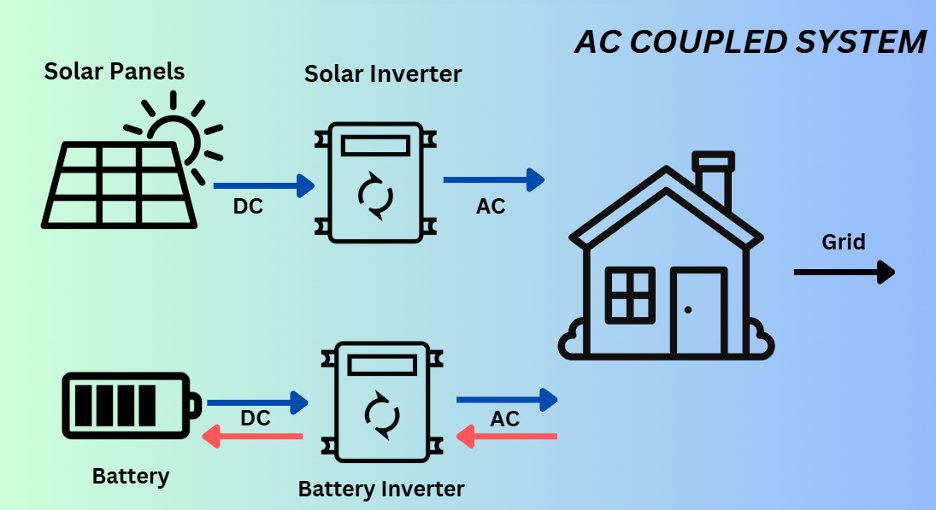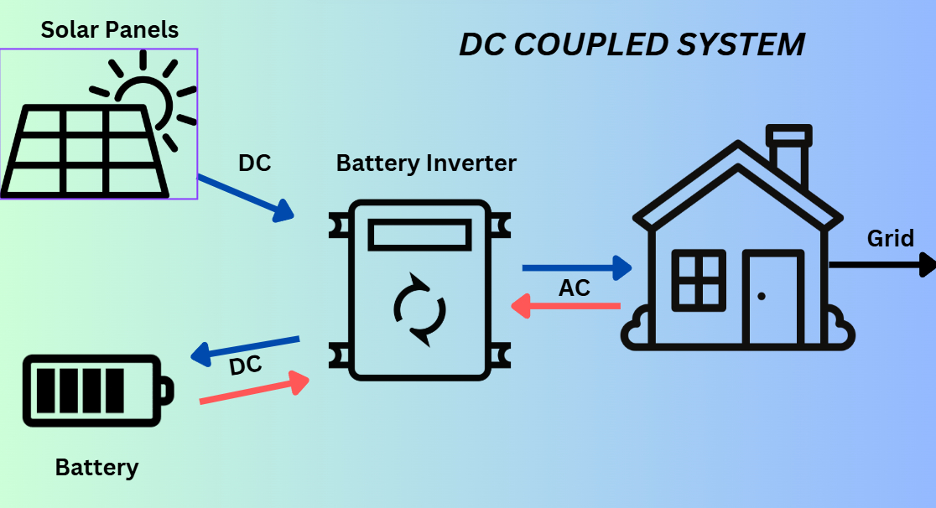EP Cube vs Tesla Powerwall 3: Who Wins as The Best Home Battery Back Up?!
While Tesla's Powerwall 3 has been dominating headlines in the residential solar sector, it's not the only compelling option available. Today, let's explore EP Cube by Canadian Solar and see how it stacks up against Tesla's latest offering. Is there a clear winner? Let's dive deep into the specifications and features.
Understanding DC vs AC Coupled Systems
Before comparing these specific products, it's essential to understand the basic principles of battery systems.
The Basics of Power Conversion
- Solar panels generate DC (Direct Current)
- Batteries store power in DC
- Homes use AC (Alternating Current)
- Conversion is necessary somewhere in the system
Two Types of Battery Systems:
- AC Coupled Systems:
- Panels → DC to AC → AC to DC (battery charging) → DC to AC (home use)
- More conversion steps = more power losses
- Example: Enphase Battery, Powerwall

- DC Coupled Systems:
- Direct DC charging of batteries
- Fewer conversion steps = higher efficiency
- Examples: Powerwall 3, EP Cube

Both the Powerwall 3 and EP Cube are hybrid inverters that can charge batteries directly from DC, maximizing efficiency.
EP Cube: The Modular Solution
Key Features:
- Manufactured by Canadian Solar (established 2001)
- Modular design: 9.9 kWh to 19.9 kWh capacity
- 3.3 kWh incremental stacks
- Lightweight components
- Expandable system
Technical Specifications:
- 7.6 kW AC power output
- 22 KVA surge capacity (10 seconds)
- Lithium iron phosphate chemistry
- 10-year warranty with 80% retention
- 6,000 cycles
- NEMA 4X rated enclosure
- Compatible with Tigo or AP Systems for rapid shutdown
Unique Features:
- Water-resistant design (ideal for coastal areas)
- Generator control system compatibility
- Panel-level monitoring options
- Off-grid capability
Tesla Powerwall 3: The All-in-One Solution
Key Features:
- Integrated design (battery + inverter)
- 13.5 kWh capacity per unit
- Up to 4 units per gateway (54 kWh total)
- DC expansion packs coming soon
Technical Specifications:
- 11.5 kW AC output
- 48 amp maximum continuous current
- Suspected LFP chemistry (unconfirmed)
- 10-year warranty with 70% retention
- NEMA 3R rated enclosure
- Proprietary MCI for rapid shutdown
Head-to-Head Comparison
Installation & Design
EP Cube:
- Modular and lightweight (77 lbs heaviest component)
- Flexible system sizing
- Easy to expand over time
- Better for varied installation needs
Powerwall 3:
- Single heavy unit
- Fixed capacity increments
- Simpler installation process
- "One-size-fits-most" approach
Power Output
EP Cube:
- 7.6 kW AC output
- 22 KVA surge capacity
- Multiple units can be stacked
Powerwall 3:
- 11.5 kW AC output
- 48 amp continuous current
- Higher single-unit capacity
Monitoring & Safety
EP Cube:
- Panel-level monitoring available
- Choice of rapid shutdown solutions
- Better monitoring flexibility
Powerwall 3:
- System-level monitoring
- Proprietary rapid shutdown
- More streamlined but less detailed
Making Your Choice
Choose EP Cube if you want:
- Flexible capacity options
- Lightweight installation
- Panel-level monitoring
- Generator integration
- Coastal area installation
- Custom solution
Choose Powerwall 3 if you want:
- Simple, all-in-one solution
- Higher single-unit power output
- Streamlined installation
- Tesla ecosystem integration
- "Set and forget" approach
The Bottom Line
Both systems offer excellent solutions for home energy storage. EP Cube excels in flexibility and customization, while Powerwall 3 offers simplicity and higher power output in a single unit. Your choice should depend on:
- Your specific power needs
- Installation constraints
- Monitoring preferences
- Future expansion plans
- Local climate conditions
Remember, both options provide reliable backup power and can significantly enhance your home's energy independence. The "better" choice depends entirely on your specific situation and preferences.
Looking for installation guidance or have specific questions about either system? Share your thoughts in the comments below.



